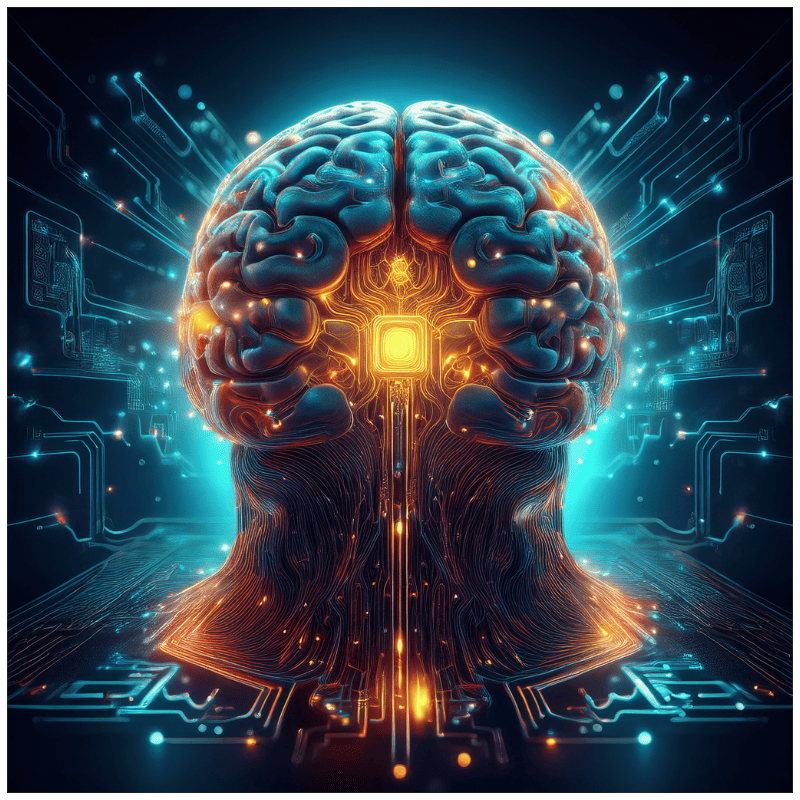Hack Your Engrams to Remember and Keep Passwords Private

TL;DR
Negativity bias—our brain’s tendency to magnify and store bad or taboo experiences—can be exploited to make long, unforgettable passphrases that still satisfy the latest NIST password rules. And that you would NEVER want anyone to see you type.
Example: DidYourBro4Times!
It’s outrageous, deeply emotional, and not traceable to publicly searchable facts, so it sticks in your head but stays off an attacker’s radar. Also, if you are a high-powered executive and your spouse were to come up and embrace you from behind while you’re typing on your laptop, you’d pause and wait to prevent them from seeing you type that one!
Why the Trick Works
- Negativity bias: Humans remember negative information more vividly than neutral or positive data [Baumeister et al., 2001].
- Emotion-driven consolidation: High arousal triggers the amygdala, boosting long-term potentiation and locking the “engram” in place [Paré & Headley, 2022].
Result: one shocking passphrase you’d NEVER want anyone to see you typing➜ memory Velcro + extra password security from onlookers.
Building a Compliant “Bad-Memory” Passphrase
NIST SP 800-63B (Section 5.1.1.2) says verifiers should permit 64-character pass-phrases, any Unicode, no mandatory complexity rules [NIST 800-63B]. Follow three rules:
- Three-plus uncommon words + digit + symbol
Good:DidYourBro4Times!
Also good:IWantToSellMyKids2025!(youd never let kids see you type that; nobody else can guess). - No public facts – skip birthdays, addresses, pet names.
- Unique everywhere – one site, one secret.
Forced-disclosure scenario: A gun to your head defeats any single-factor password. This trick isn’t worse; it just improves recall under normal conditions.
Quick Risk Check
Risk: Targeted guessing via public info
Mitigation: Keep phrases fictional or private and weird.
Risk: Daily emotional drain
Mitigation: Pick absurd negative imagery, not genuine trauma.
PutKidsUpForAdoption!2025 Use a phrase you’d never type in front of them.
References
- Baumeister, R. F., et al. “Bad Is Stronger Than Good.” Rev. Gen. Psych. 2001.
- Paré, D., Headley, D. “The amygdala mediates the facilitating influence of emotions on memory.” 2022.
- NIST Special Publication 800-63B, Digital Identity Guidelines, rev. 3 (and draft rev. 4).
Memory is messy—use that mess to your advantage.